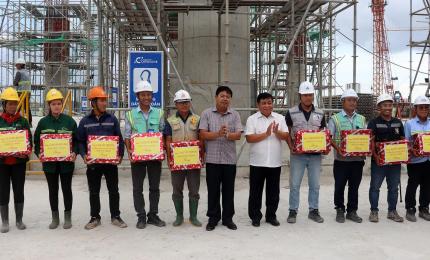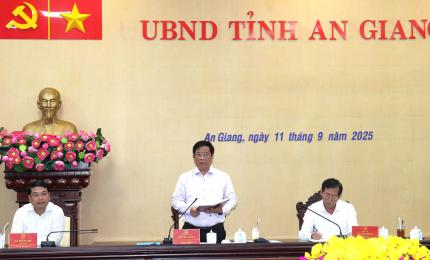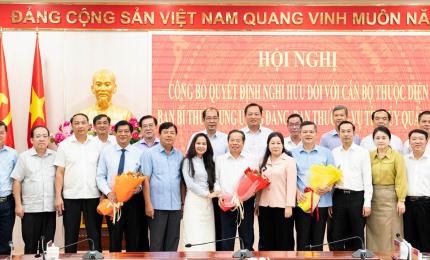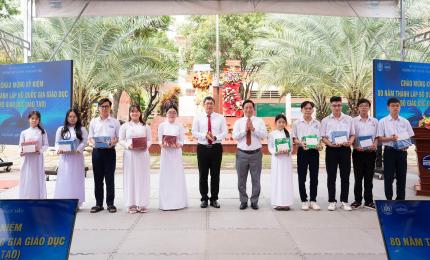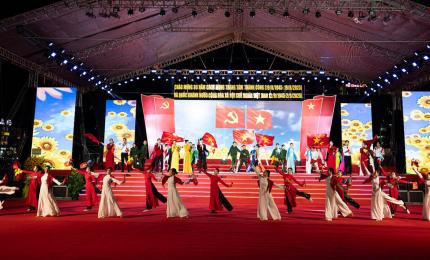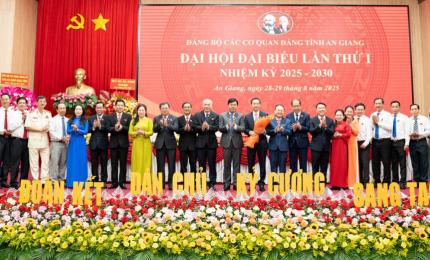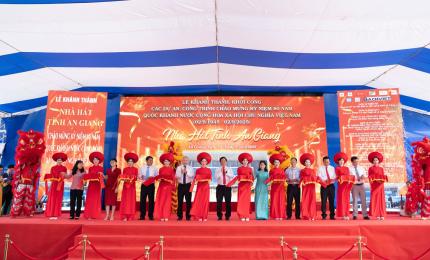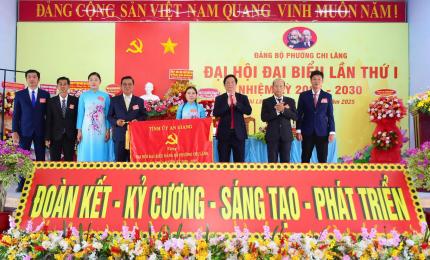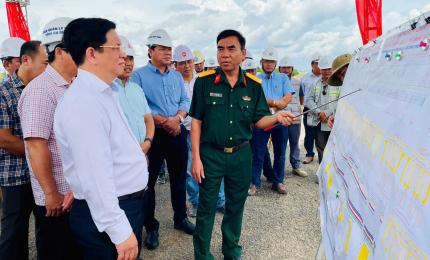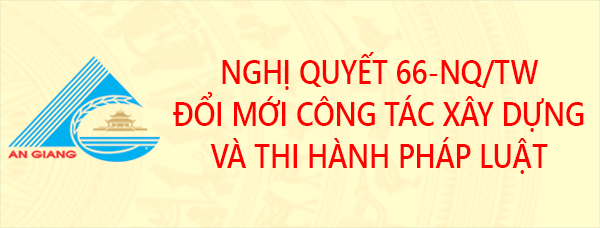(AG Provincial E-Portal) - On August 8, in Vinh Long, Deputy Prime Minister Tran Hong Ha, a member of the Party Central Committee, met with four provinces - An Giang, Ca Mau, Dong Thap, and Vinh Long - to discuss and address difficulties and obstacles in promoting production and business, import and export, infrastructure construction, social housing, national target programs, and disbursement of public investment capital. They also reviewed the implementation of local two-tier administration.
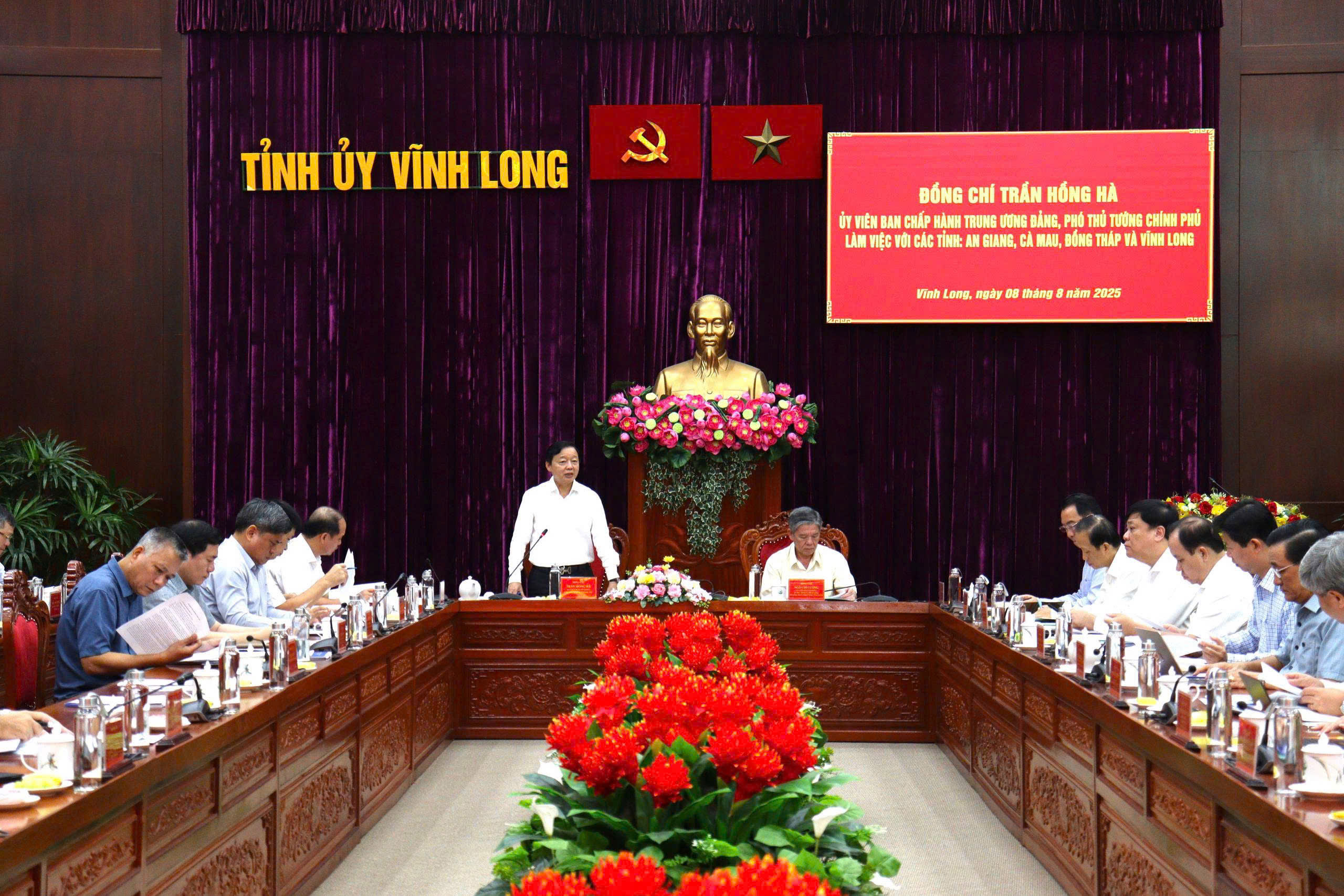
The working delegation of An Giang province was led by Nguyen Thanh Phong, Standing Vice Chairman of the Provincial People's Committee.
According to the Ministry of Finance's report, in the first six months of 2025, the socio-economic situation in these provinces achieved positive results. GRDP growth was considerable, with An Giang and Vinh Long leading with growth rates of approximately or exceeding 8%. The construction industry and services continued to drive growth.
Specifically, An Giang's GRDP reached 8.12%, with growth in:
• Agriculture, forestry, and fisheries: 3.4%
• Industry and construction: 11.3%
• Services: 10.8%
The industry and construction sector grew strongly in all four provinces, playing a key role in driving growth. The service sector also recovered well, especially in An Giang and Ca Mau, where domestic tourism developed.
An Giang's total export turnover reached $640 million, a 9% increase from the same period, driven by key products such as rice, seafood, and processed fruits and vegetables.
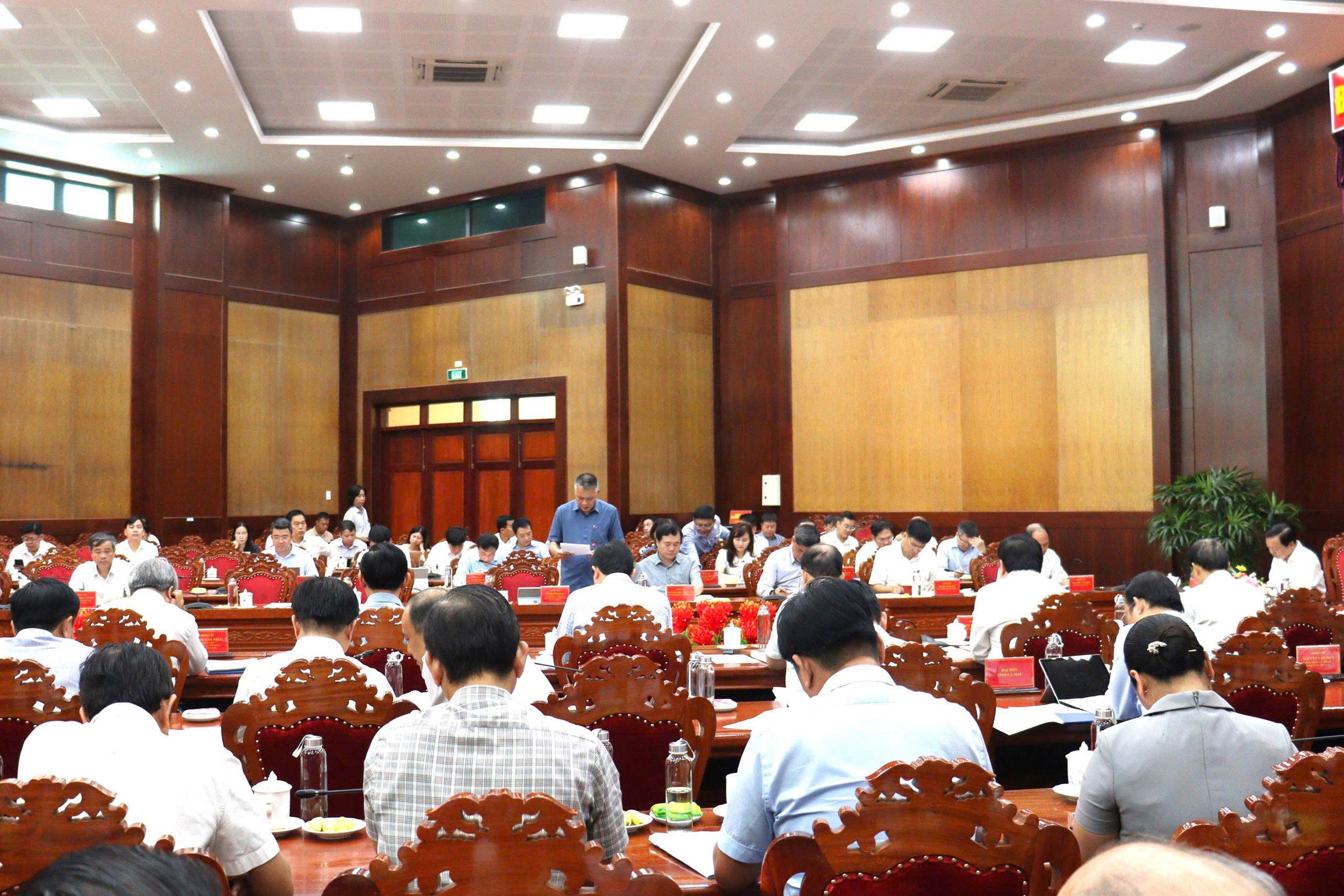
A total of over 60 new investment projects were registered in the four provinces, with total registered investment capital exceeding 42,000 billion VND.
Notably, Ca Mau stood out with key energy and industrial projects such as the LNG power plant and expanded Ca Mau Fertilizer Plant. Vinh Long saw strong growth in attracting FDI, especially in industrial zones like Hoa Phu and Binh Minh, with FDI capital reaching over $1 billion. Dong Thap and An Giang focused on attracting investment in agricultural processing, seafood, and logistics near raw material sources.
Over 1,000 new businesses were established in each locality, mainly in trade, services, agricultural processing, and logistics. The online business registration rate reached 95-100%.
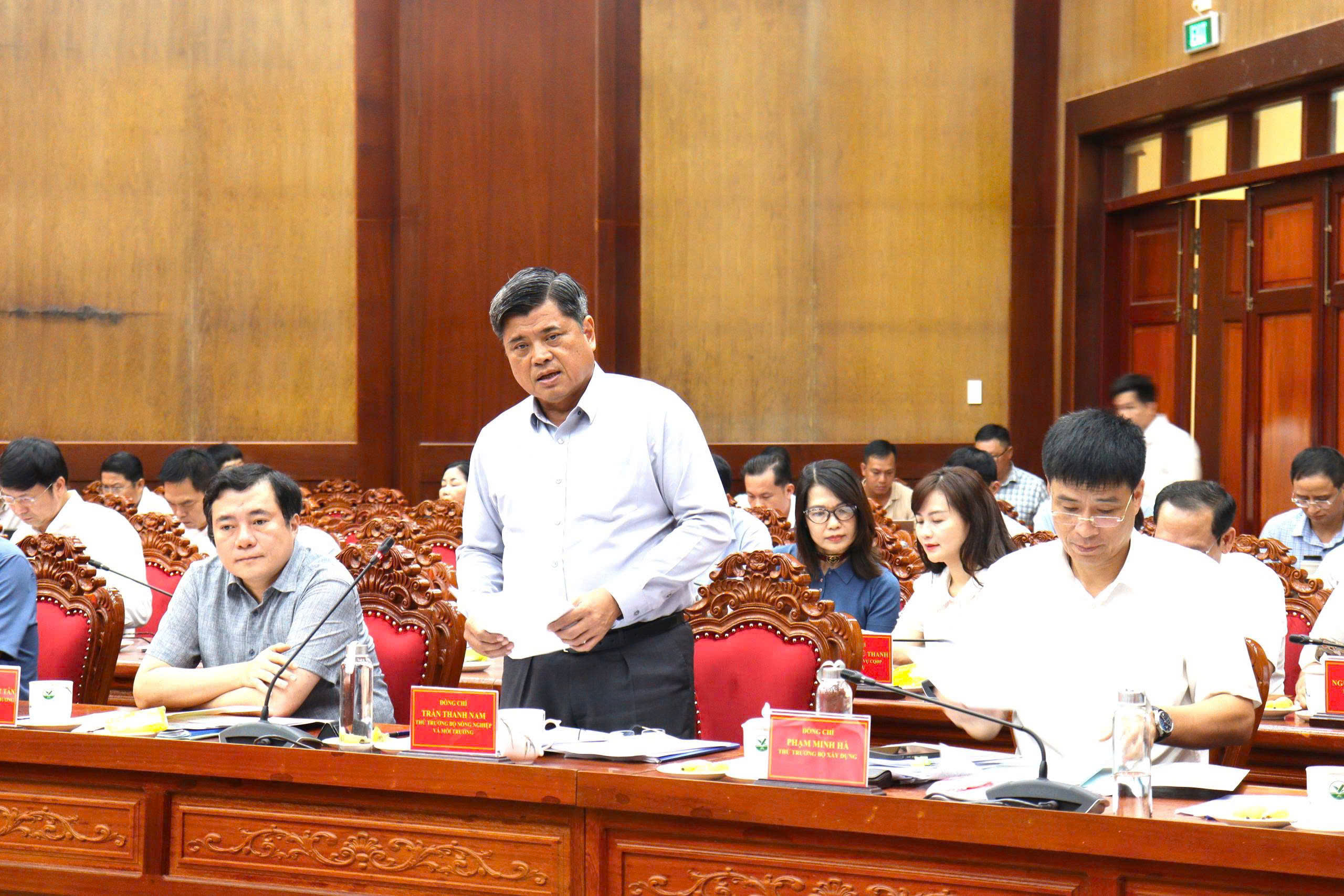
An Giang led the four provinces in social housing construction progress. The province has implemented specific policies to attract investors in social housing development, completing 1,809 units, which is about 72% of the 2025 target, with a goal to reach 6,300 units by 2030. The province also completed over 3,100 units under the program to repair temporary and dilapidated houses for poor households and policy beneficiaries.
Meanwhile, Dong Thap, Vinh Long, and Ca Mau are in the early stages of implementing projects that are currently finalizing legal procedures.
National Target Programs:
• New Rural Development Program: An Giang has disbursed 1,539,398 million VND out of 12,104,125 million VND, achieving 73.16%.
• Sustainable Poverty Reduction Program: An Giang has disbursed 700,707 million VND out of 1,190,071 million VND, achieving 58.8%.
• Socio-Economic Development Program for Ethnic Minority and Mountainous Areas: An Giang has disbursed 53,386 million VND out of 122,707 million, achieving 43.5%.
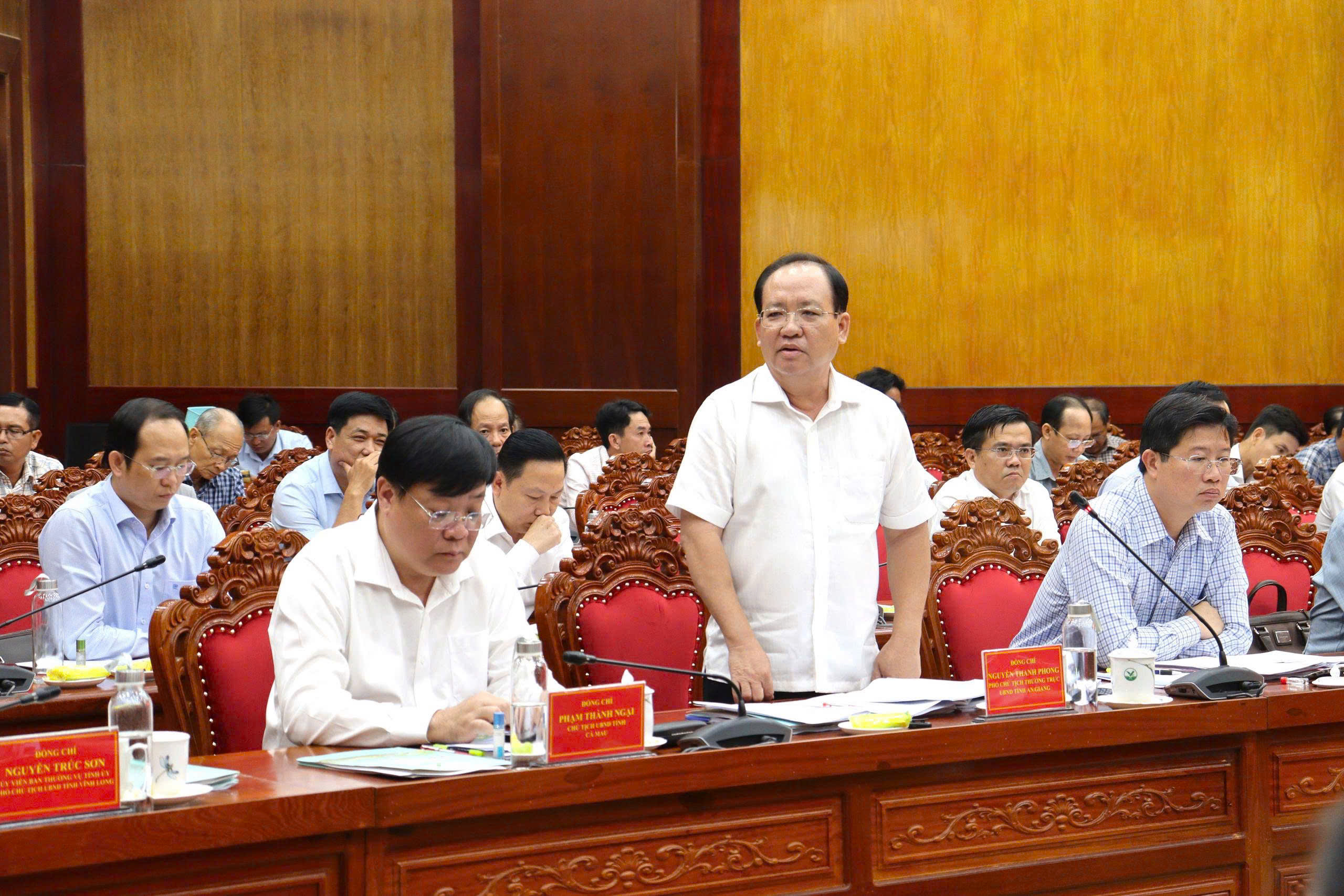
He stated that immediately after the merger of Kien Giang and An Giang, the Provincial Party Committee, People's Council, and People's Committee of An Giang promptly implemented specific programs and plans to boost production, business, import-export activities, and economic growth.
After over a month of operating the two-tier government model, which has been basically stable, continuous, and effective, An Giang province currently has 102 communes, wards, and special zones. Civil servants, officials, and employees who were rearranged due to administrative unit adjustments receive a total monthly support allowance of 5 million VND. An Giang is directing specialized agencies to review, inventory, and categorize personnel to develop a plan for transferring and reassigning officials according to the population size and workload of each commune/ward.
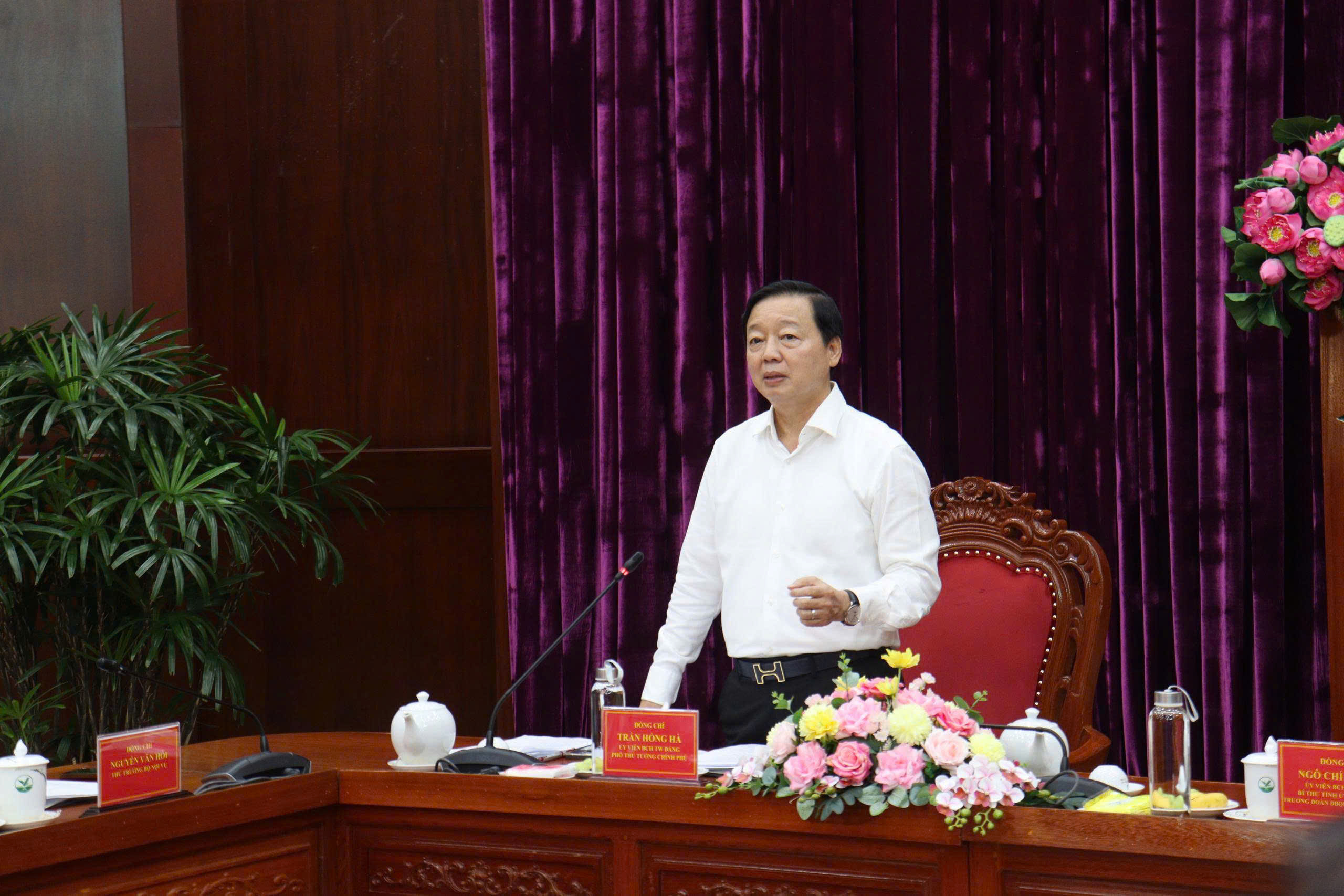
Key directives from Deputy Prime Minister Tran Hong Ha:
• Review and allocate personnel appropriately, especially for commune-level positions in investment, construction, environment, and agriculture.
• Supplement, transfer, and recruit personnel with suitable expertise at the commune level, prioritizing existing human resources.
• Develop special training programs in specific fields to enhance the quality of the cadre team.
Key priorities:
• Invest in and upgrade physical infrastructure, equipment, and IT infrastructure to ensure online public services and digital transformation.
• Research and propose special mechanisms and policies to attract and retain officials in remote, border, and special areas.
• Implement support policies for officials relocated for work, including transportation and housing, to retain and attract talent.
• Establish inter-agency support networks at the commune level for disaster prevention, disease control, and other areas.
Post-merger planning:
• Updating transportation planning is crucial after the merger. Relevant ministries, sectors, and localities should consider multimodal transportation planning, including rail and road networks, to pave the way for comprehensive socio-economic development.
News by Nhu Ngoc
